Everyone likes to eat their bananas differently. Some have a hardcore preference for firm and green younglings, some like their bananas yellow with no spots, and some enjoy them extra soft and sweet (and even speed up the ripening process). The real question is: when are they no longer good to eat? When are they too ripe? Here are a few tricks to have up your sleeve the next time you’re unsure if your banana is ripe or rotten.
1. Sniff the banana
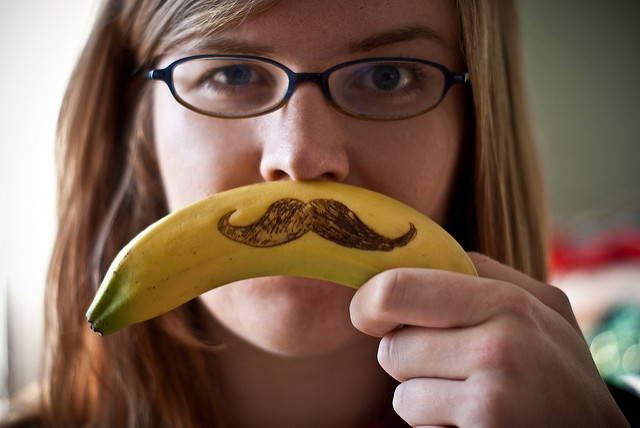
Photo courtesy of Gwen on Flickr
Smell for a mildewy, moldy or fermented scent. Chances are that if you smell something bad, the banana is most likely rotten inside, outside or both.
2. Check the banana for browning
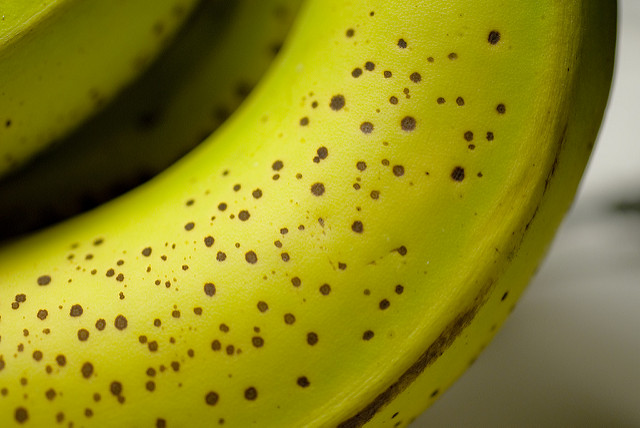
Photo courtesy of John Grimm on Flickr
A yellow banana with a few brown spots is perfectly normal, but extensive browning or mold on the skin (especially near the stem) may mean that it’s best not to eat. If you aren’t lucky, the banana may have already started to rot inside.
3. Press the banana for firmness
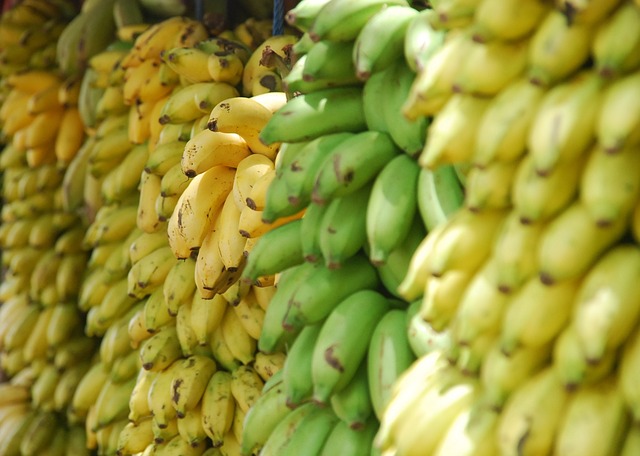
Photo courtesy of Pixabay
To test, press gently on the banana. Unripe bananas will feel hard, overripe bananas will feel mushy and good bananas will feel soft but not squishy.
4. Check the banana for leakage
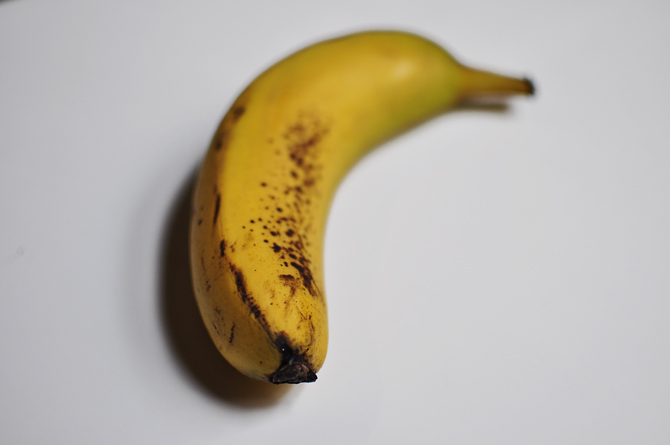
Photo by Jenny Georgieva
If your banana starts oozing liquid, it’s probably best to not eat it. However, it may still be okay for baking—extra ripe bananas are perfect for Nutella banana bread recipes—if it’s not rotten.
5. Peel the banana
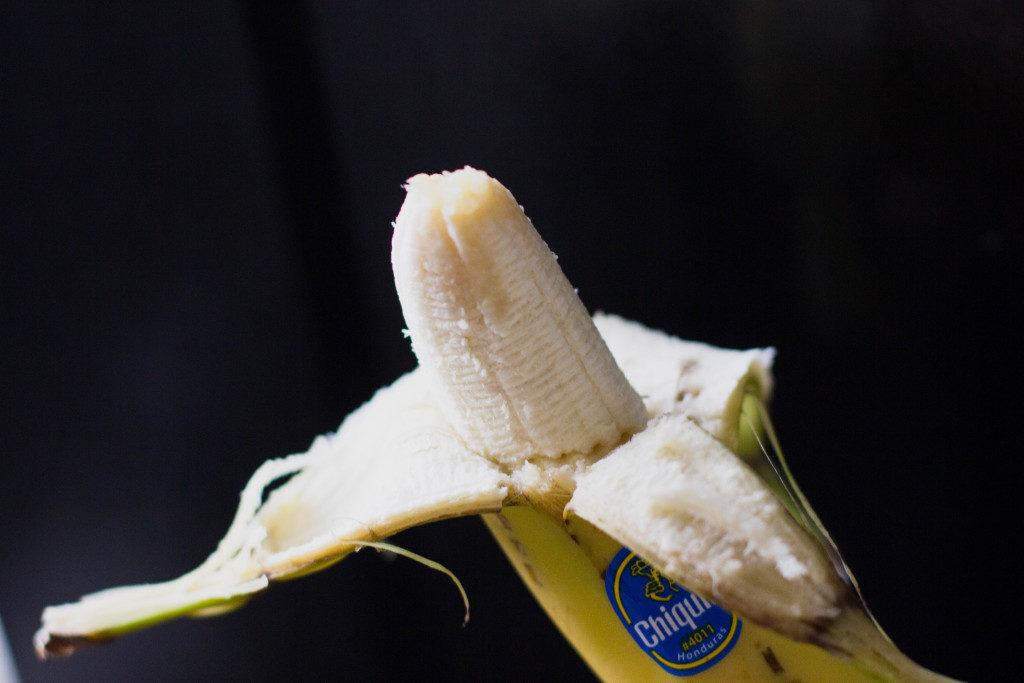
Photo by Abigail Wang
If there are a few brown spots, you can simply cut them off. But if there is an extensive amount of brown or black spots inside the peel or if you see mold, throw it away.
#SpoonTip: If you don’t want to use your bananas right away, cut them up and store them in the freezer.
6. Taste the banana
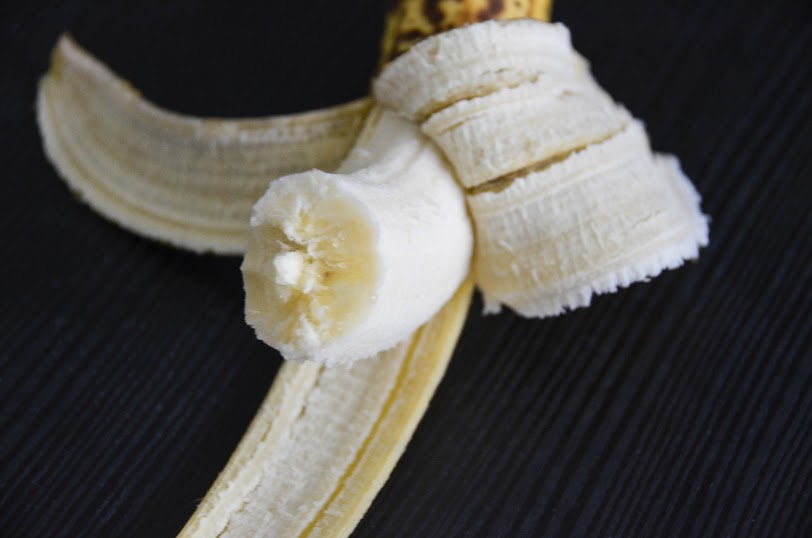
Photo by Jocelyn Hsu
This test is completely up to you. If it tastes okay, it’s most likely okay to eat. However, if it tastes off to you, it might be better to stop eating it and save your stomach.
#SpoonTip: If your bananas are overripe (but not rotten), they work great in smoothies.


